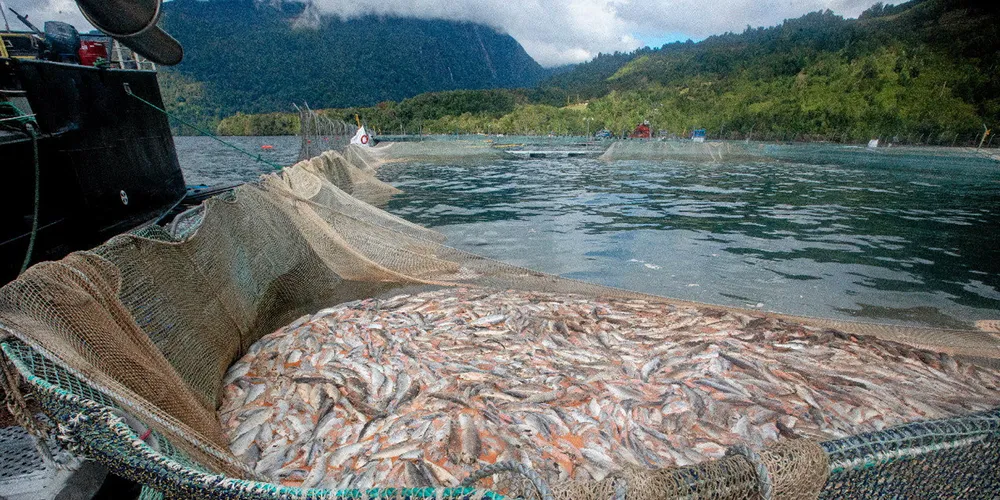Nearly all farmed salmon in Chile's mass die-offs removed from production sites
Low oxygen levels and blooms in the Los Lagos and Aysen regions have caused losses equivalent to 3.5% of the total active biomass in affected areas.

Low oxygen levels and blooms in the Los Lagos and Aysen regions have caused losses equivalent to 3.5% of the total active biomass in affected areas.
